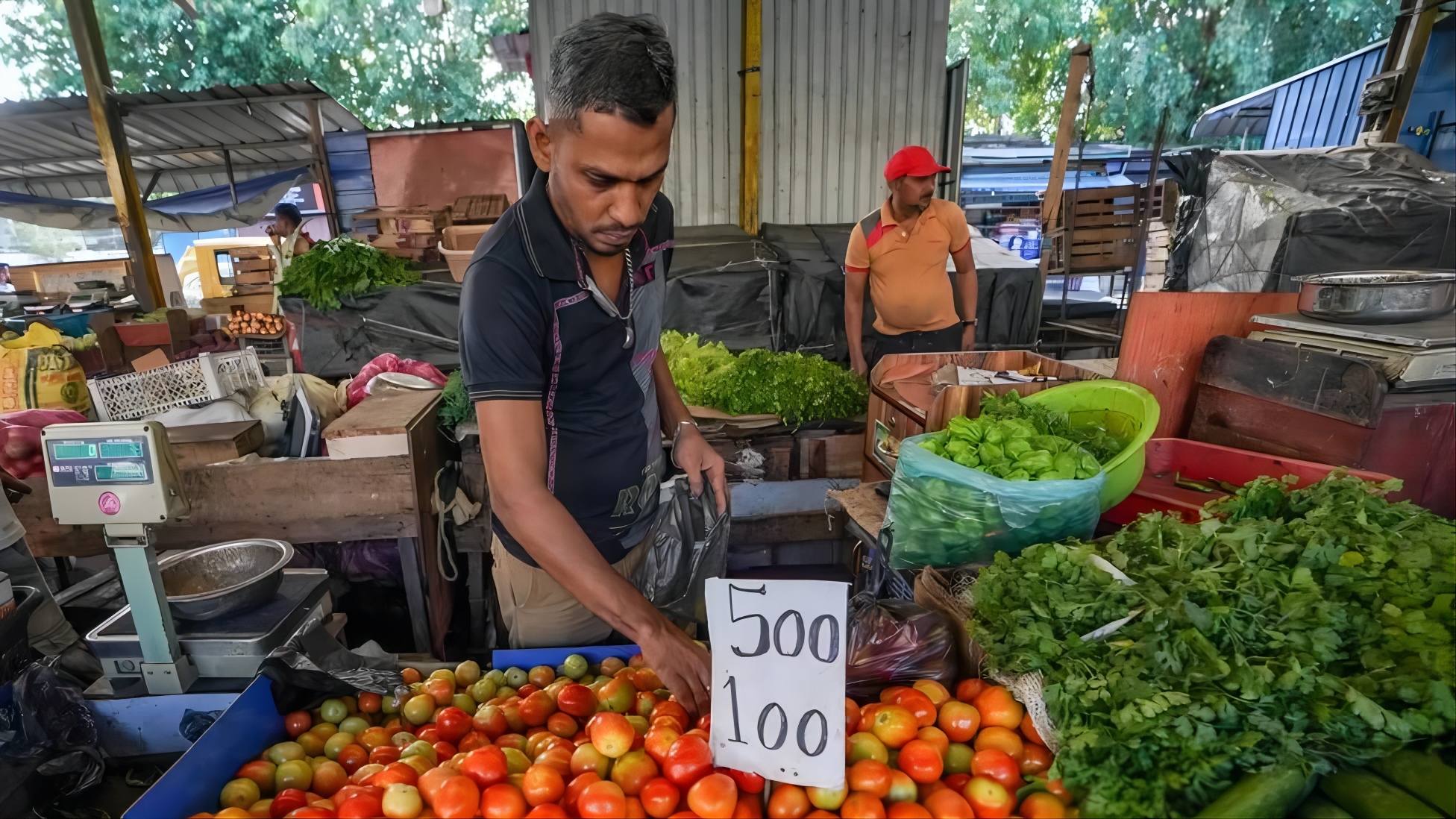
Sri Lanka’s annual inflation rate surged to more than 70% in August as it struggles with its worst economic crisis in over seven decades.
Official data also showed food prices rose by 84.6% compared to a year ago.
The South Asian nation of 22m people was plunged into financial and political chaos this year as it faced a shortage of foreign currencies.
The country has been unable to afford key imports – including fuel, fertiliser and medicine.
Last month, the Central Bank of Sri Lanka said it expected inflation to ease, as the country’s economy slowed, after peaking at about 70%.
Official figures released last week showed that the economy had contracted by 8.4% in the three months to the end of August.
Before the pandemic, Sri Lanka was heavily reliant on tourism for foreign currencies, including the US dollar.
However, border closures aimed to slow the spread of Covid-19 kept tourists away and took a major toll on the country’s economy.
That, along with years of financial mismanagement, led to Sri Lanka defaulting on its debts earlier this year.
Sri Lanka has faced political upheaval in recent months, with the country’s president Gotabaya Rajapaksa fleeing abroad before resigning in July.
That came as hundreds of thousands of people took to the streets, in protests that often turned violent, over a sharp increase in food and fuel prices.
Many Sri Lankans blamed Mr Rajapaksa’s administration for mishandling the crisis.
Financial help
Earlier this month, Sri Lanka reached a preliminary deal with the International Monetary Fund for a $2.9bn (£2.6bn) loan. However, the agreement hinges on the country also receiving funds from private creditors.
On Tuesday, India said it had started talks with Sri Lanka on restructuring its debt and said it would also offer long-term investments. India previously provided almost $4bn in financial aid to its smaller neighbour.
India also deferred payment on Sri Lankan imports of about $1.2bn and offered a credit line of $55m for fertiliser imports.
Sri Lankan government officials are due to meet creditors on Friday, to discuss the extent of the country’s economic problems and a proposal to restructure its debts.

Analysis by Arunoday Mukharji, India business correspondent
Sri Lanka is among the 10 countries around the world with the highest food inflation.
Experts have warned that rising food prices mean that economic woes for Sri Lankans will continue for some time to come.
Food security remains a huge concern for the country, especially because fertiliser shortages – due to a lack of foreign currencies – have significantly affected agricultural production. According to some estimates food production has nearly halved.
The country’s shrinking reserves of foreign exchange also means that buying large amounts of food from abroad is also not an option.
Earlier this week, the UN’s World Food Programme said: “the situation could deteriorate further in the coming months without urgent assistance”.
As part of its programme to help Sri Lanka, the first batch of 600 tonnes of rice worth $15m has arrived from Australia.
It is part of a larger consignment of rice, pulses and cooking oil which is due to reach the country soon.
The aim is to help around 3.4m people who are worst affected in the country of the 22m.